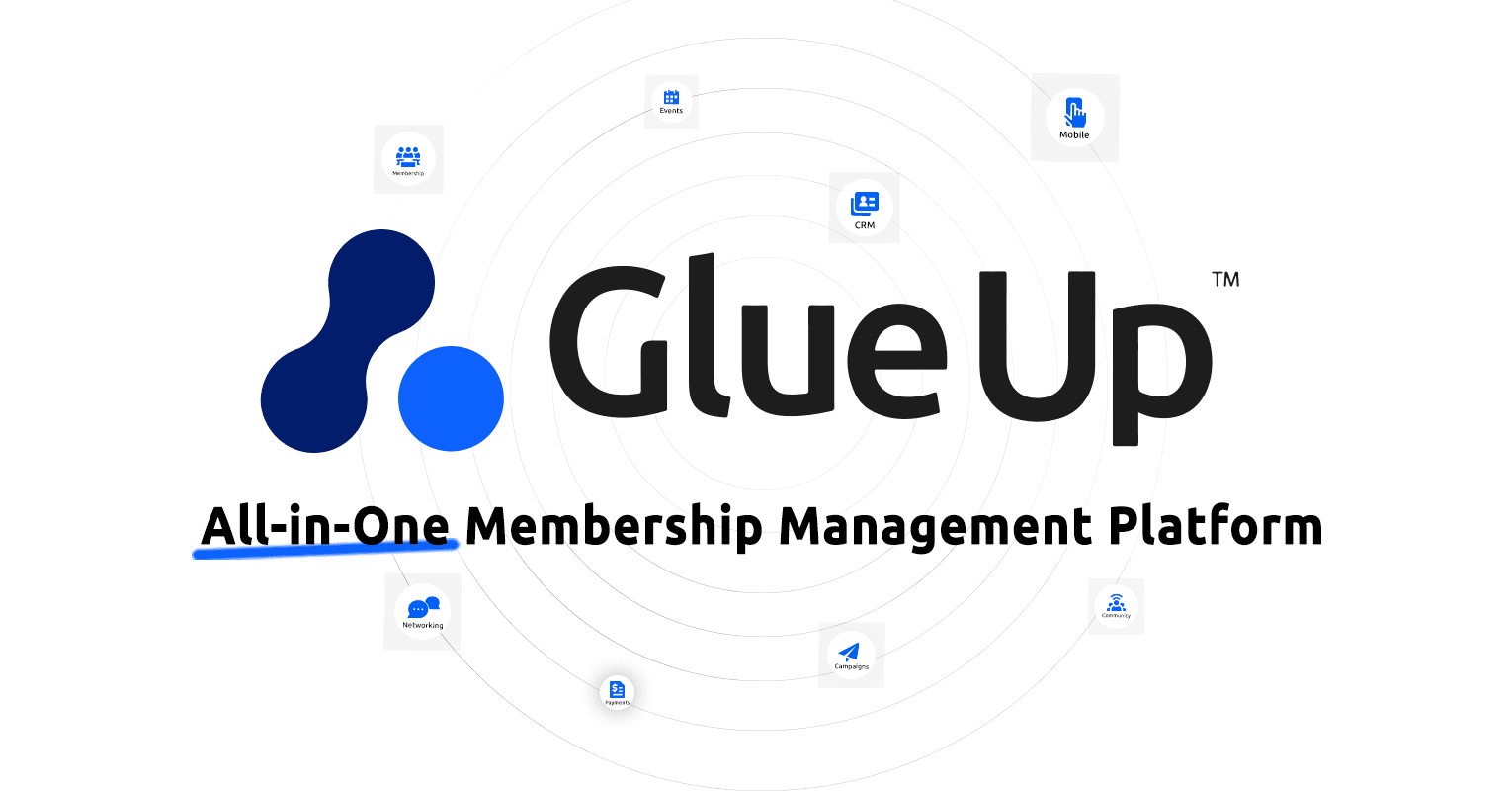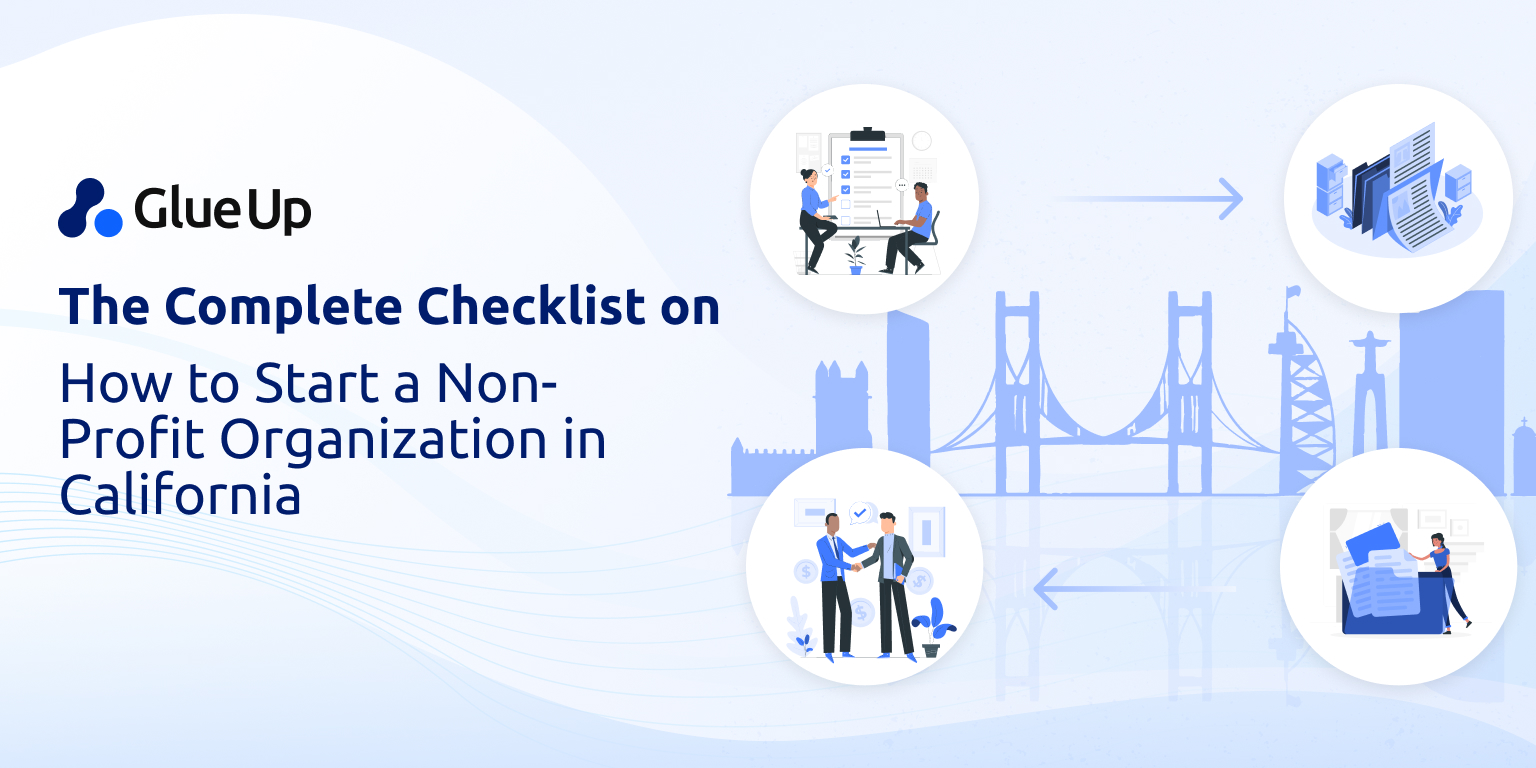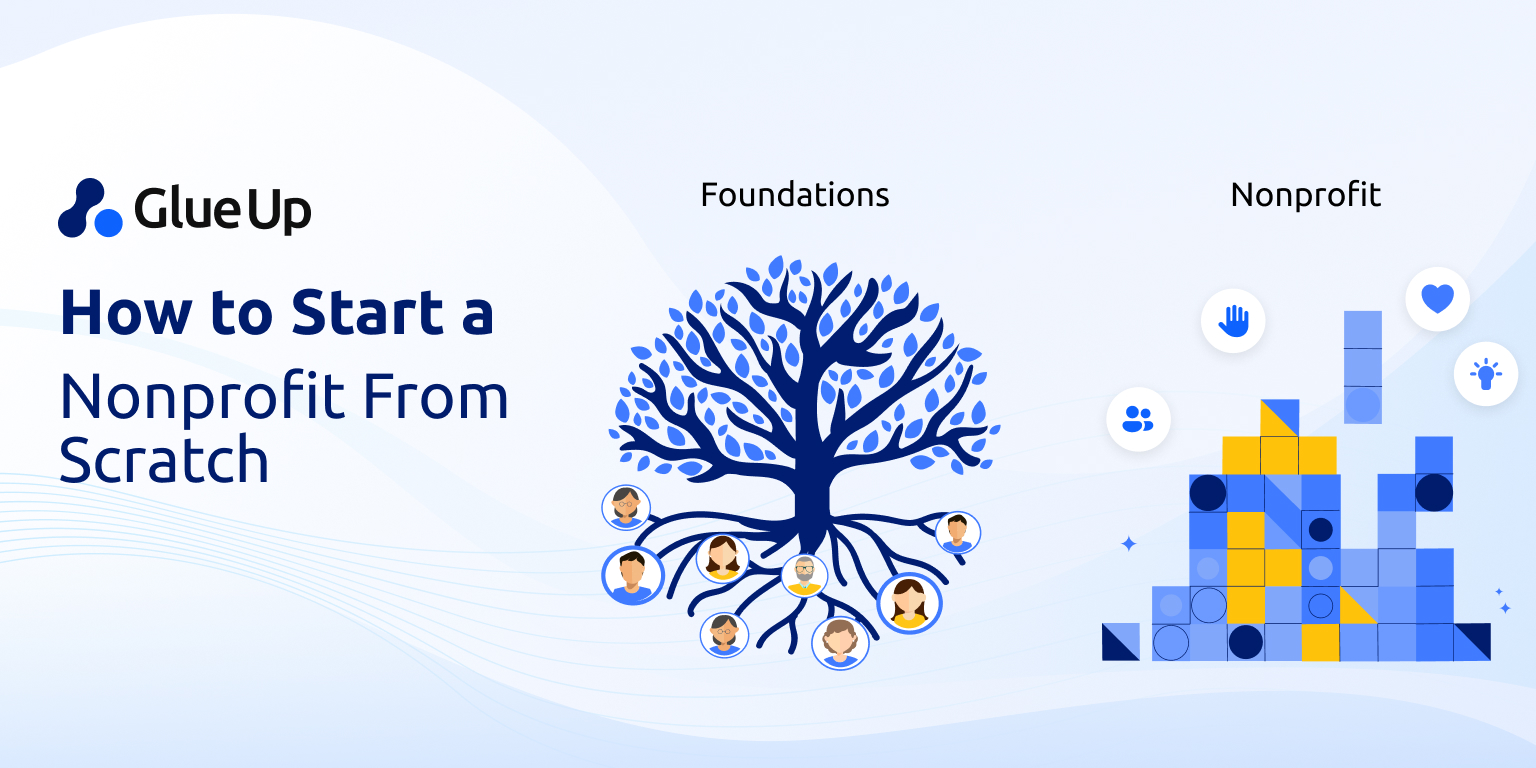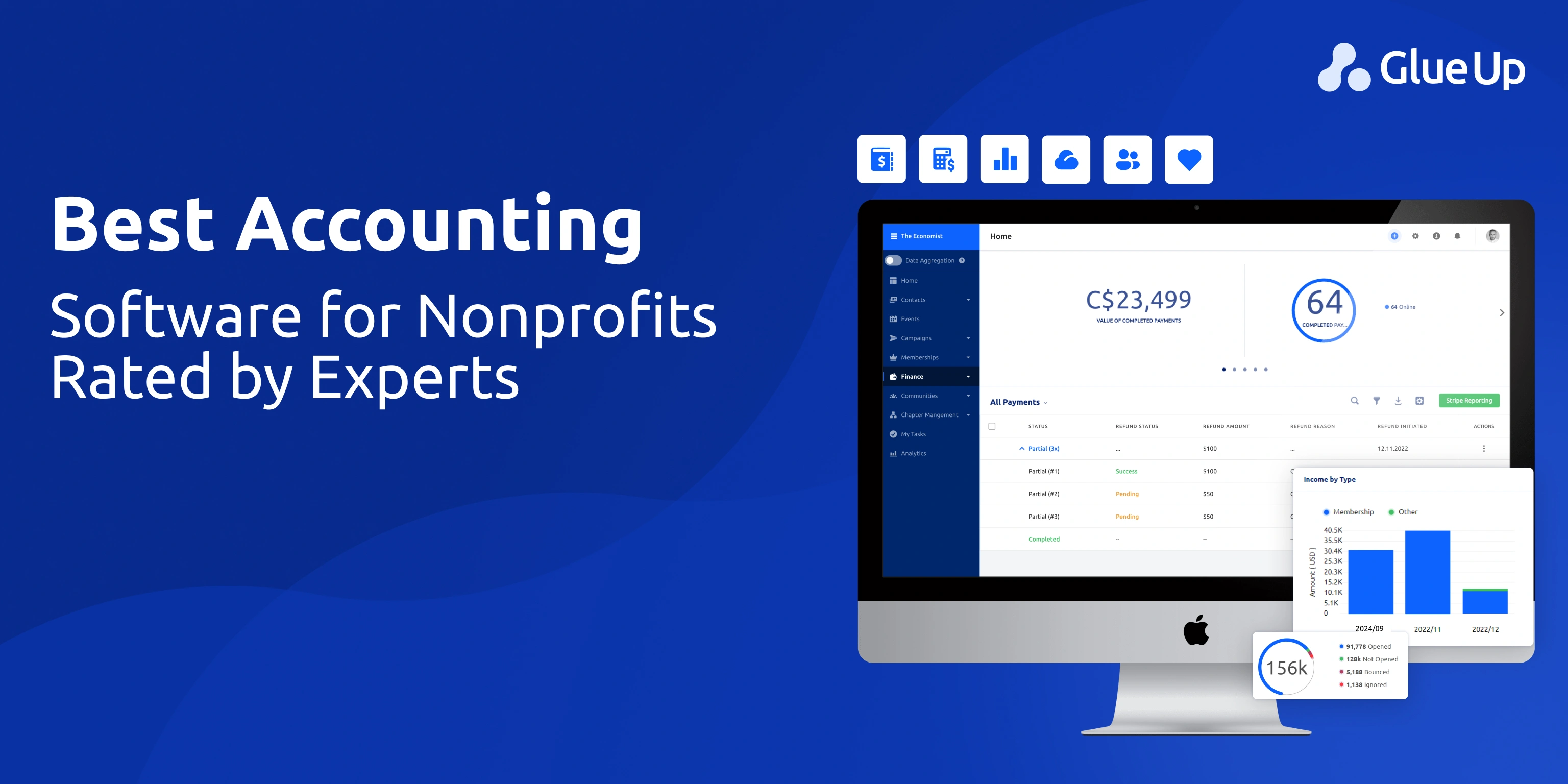
Creating a public relations campaign for your nonprofit might sound like an uphill battle.
But designing a great PR strategy doesn't have to be a chore.
While your organization might not have the budget to hire a PR agency like other for-profit companies, you may already have some resources on your side without event realizing at all.
So, if you want to supercharge public relations for nonprofits, read on. Here's our guide on how to get the best press coverage for your organization - no pricey agencies required!
Why Are Public Relations for Nonprofits Important?
Without public exposure, most nonprofits wouldn't exist.
That may seem like a bold statement. But if no one has ever heard of you, how can you grow your audience? How can you raise wider awareness about your mission?
Of course, direct fundraising does play a massive role in spreading awareness about not-for-profit organizations.
Nevertheless, a public relations campaign is an effective and efficient way to demonstrate your good work, raise awareness, and build stronger relationships with the people that benefit from your organization.
How Should Public Relations Fit Into Your Overall Marketing Strategy?
With so many marketing channels available to your organization, it's worth considering how much time and dedication you allocate to each.
After all, you don't want to neglect any one channel when your success relies on multiple strategies working in tandem.
So, to set aside the right amount of resources for your needs, ask yourself the following questions.
What’s Your Goal?
Every nonprofit wants to increase donations and raise money. Every nonprofit wants to reach new audiences. And every nonprofit wants to develop a media list that's the envy of all other organizations.
But there's a problem with this kind of thinking: vague goals create vague strategies and poor-performing campaigns.
Instead, you need to define your goals and map out a strategy that’ll help achieve them.
For instance, say you want to build awareness for your brand or humanize your organization to attract new donors.
In the first example, what's the end goal of 'building awareness'? What metrics will you use to measure your success?
In the second example - humanizing your brand to attract more donors - what tactics will become part of your strategy? Again, how will you quantify success?
Whatever your objective might be, defining clear goals early on will help you map out a strategy that's all the more likely to meet them.
How Much Time Do You Have for Public Relations?
The phrase is a cliche for a reason: 'there are not enough hours in the day'.
As such, we can't always achieve the goals we set in the time that we want.
So, to make sure you can squeeze in the time to develop and action your public relations campaign, you'll need to consider who is taking charge of your strategy.
Do You Have a Dedicated Team on Hand, or Will the Work Fall on One Person’s Shoulders?
Either way, so long as your goals are well defined and your expectations realistic, you’ll be much more likely to see success.
Even a one-person team can get a strategy off the ground - so long as they're the right person with the necessary time and resources.
Have You Got a Great Story to Tell?
The best public relations campaigns are planned around specific events, occasions, and initiatives.
The reason why is simple: examples like those above provide a story for media outlets to write about. Remember, public relations coverage is called ‘earned media’ for a reason. Your story has to earn your contacts’ attention and subsequent placement.
With this in mind, make sure you avoid the pitfall of conducting outreach at the wrong times.
For instance, some new or smaller nonprofits might do well to ensure they're working from a sustainable starting point before developing media relationships - you don't want to reach out to the media if you're still in the midst of organizational development!
In contrast, larger nonprofits might want to consider matching their campaigns to a calendar of objectives and drives.
With so many other stories to cover and fierce competition over multiple channels, media organizations don't want to be bombarded with the same story over and over again.
So take note: while a nonprofit public relations campaign is one of the best ways to gain exposure, makes sure you've got a fresh story for the media to cover!
We'll return to this topic below, but here's a few story examples for you to consider in the meantime:
- Advertising a new drive to raise more money or highlighting the success of a recent campaign.
- Announcing an upcoming fundraising event or covering the success of an event.
- Promoting your organization's effect on the community or your cause.
Creating a Public Relations Campaign for Nonprofit Organizations: 8 Essential Steps
Now that we've got a better understanding of the intricacies surrounding your public relations efforts, let's look at the steps you need to take to get your campaign off the ground.
1. Set Your Goals
The first step towards a powerful and cost-effective public relations campaign is goal-setting.
As we've previously noted, vague goals will only produce lacklustre results. Instead, get off to a strong start by niching down on your target outcomes.
For example, say your organization is looking to attract new donors from the general population.
So far, so good. However, how many new donors would you like to attract? Exactly how much money are you looking to raise, and do you have any newsworthy stories that you can use to support this campaign?
Answering these kinds of questions now will better inform the next steps in the process.
2. Align Your Marketing Channels
It's a great idea to get your marketing output in tip-top shape before you think about cranking out press releases or building a media list.
Doing so is not only a cost-effective way to build brand awareness and gain some free media impressions; it's also an excellent resource for your media contacts when the time comes.
To get started, make sure your organization takes advantage of content marketing and social media. Make sure this marketing output aligns with your broader goals too.
Suppose you can dedicate the time to creating an SEO optimized blog, for example. In that case, you’ll not only prove yourself as a bona fide organization through your library of content, you'll also reach more of your target audience through organic search.
With 75% of people never reading past the first page of Google, this tactic is certainly worth considering.
It's the same for your social media posts too: make a consistent effort to share human interest stories related to your mission, and you'll have a great foundation to begin a public relations campaign.
3. Find Your Story
Now that you've got a good base to work from, it's time to get your strategy off to a strong start with a human, engaging story.
After all, creating a public relations campaign is all about grabbing the media's attention and persuading them to cover your organization’s work. It's much like the marketing tactic of selling to a customer by building an emotional connection.
The good news is, nonprofits often have great stories to tell! What's more, they have human stories to tell - the emotional connection is practically built-in.
Whether you're trying to raise awareness with your mission statement or attract new donors, media outlets love nonprofits for this very reason. Stories from organizations like yours inspire and delight.
So, make sure you identify your core story before reaching out to any media sources. It'll make the following steps all the easier to implement.
Remember to get creative too, and try not to air on the side of modesty. If you're worried that you haven't got a good enough story to tell, take a step back and be objective: if your organization has done great work for a good but under-served cause, you've already got a unique story ready to hand.
4. Build Contacts
By setting your house in order with tangible goals, an aligned marketing output, and a focussed human-interest story, you're now in great stead to begin your public relations campaign.
Your next step is to build contacts with media outlets.
To get started, take advantage of any professional relationships your organization might have previously developed. For example, do you have board members with any media connections? How about the people and communities your nonprofit serves?
Next, look at creating a list of wider media organizations that you can target. Just remember to design this list in line with your niche and your goals.
For instance, if your nonprofit focuses on organizing local events, it's probably better to target a local newspaper instead of a national publication.
In contrast, say you work for a nonprofit in the B2B sphere. In this case, you'd want to contact sources within your target audience niche. You'd also do well to consider B2B best practices.
Either way, the longer you can make your media list, the better. While there's no one-size-fits-all number you should be aiming for, there's a high likelihood that some publications won't be interested. Some might not even respond!
But that's okay. Right now, focus on gathering a sizable list of strong candidates, and your brand communication strategy is all the more likely to connect with the right sources.
Remember to get creative with your research too. For example, why not develop a list of relevant keywords related to your organization or cause?
That way, you can search social media for journalists who've covered stories like yours in the past. If they've written a recent article on a similar story, chances are all the more likely that they'll take on yours. It's the same case if these journalists write for your target audience too.
Over time, you could even add these contacts to your CRM software to develop a manageable list of your best media sources.
5. Write a Press Release
Next, you're going to prepare your story in the form of a press release/ luxury PR, ready to pitch to your hard-fought list.
At this point, you'd do well to prepare yourself: even though you might have a fantastic story to tell about a great cause, you still have to win your media sources over.
This means that you'll have to plan, write, and review your press release with the same gusto as you did with your media contacts list.
While for-profit companies might have a public relations firm to rely on for this task, the time and effort you put in now can mean all the difference between a campaign that succeeds or fails.
So, take your time, and don't be afraid to redraft or ask for a second opinion. For instance, if your nonprofit has experienced board members on hand, get them to take a read too. The more insights you receive, the better.
Just remember to bear your target audience in mind when writing your press release: media contacts like journalists or bloggers want to be informed about the story in a straightforward and digestible manner.
While you might be targeting online media sources, these writers don't want to read a click-bait article themselves. They just need the core details. After all, it's their job to write up your story in the form of a compelling copy!
Finally, make sure you include all necessary details with your press release. You're only making a writer's life easier if you include handy information like your website address and advice on how best to donate to your cause.
6. Pitch and Follow Up
Now we get to the fun stuff: with your press release reviewed, it's time to pitch to the media! Pitching to your media list is an art in its own right, and after spending so much time crafting your press release, it might be tempting to overstate your case.
For best results, don't do this!
The best pitches are concise and personalized, and while you're unlikely to get many replies from your first contact, the secret lies in being persistent.
Start your message with a polite greeting that references one of their recent articles.
From there, it's all about getting your story across in a succinct, enticing manner. Don't be scared to use testimonials and positive feedback from your donors and beneficiaries, of course, but don't overstay your welcome either. In short: get in, pitch, and get out!
Next up, you'll want to keep an eye on how long ago you sent your first message. When it comes to email response times, following up is a given for nearly every cold pitch you're going to make.
For best results, try contacting them 2-3 times before expecting a response. From there, repeat the process for every contact on your list, giving the appropriate amount of time and attention to each.
Finally, you'll also want to advertise your press release on any channel you have control over - whether that's through a blog post, a social media update, or via your organization's email list.
Doing so will give you an even better chance of gaining exposure.
One final pro tip: email automation software can make all of the above a heck of a lot easier. At the very least, consider using outreach templates to streamline the pitching process.
7. Measure Your Results
Measuring the results of your campaign is hugely important. Not only will it reveal how successful your campaign has been, but it'll also provide you with better information moving forward.
After discovering which tactics have and haven't worked, you'll be able to produce replicable results in the future or change your strategy for the better.
To get started, think back to the goals of your campaign. That way, you'll have a handy list of in-built metrics to measure.
For example, say one of your goals was to increase brand awareness. With this goal in mind, measure the amount of traffic coming to your site or social channels following your campaign. You could even use social media listening tools alongside your website analytics package.
If you've seen an uptick in traffic over a given period, it's proof that your campaign has worked: more visitors to your site means more brand awareness overall.
One of the smartest ways to track this information is to create Google Analytics tags for any campaign collateral you put out online.
For instance, if you want to measure your success on social media, you could generate a UTM link for each platform. That way, you can calculate what kinds of traffic are coming from where.
8. Review and Repeat
Congratulations! You've come to the end of your public relations campaign. Whether you've hit your targets or not, remember to take stock at this point: creating a great public relations strategy is all about experimenting, learning, and improving with each campaign.
After all, public relations is often more of an art than a science. It means that, before starting up another campaign straight away, it's best to take the time to review your wins and losses.
What could you do better next time? Was your media list large enough? Were your goals well-defined?
Asking yourself these kinds of questions now means you'll be better prepared next time around.
Nonprofit Public Relations in Summary
So there you have it, our guide to getting your public relations campaign off the ground!
Still, at this point, it's worth remembering that the best campaigns and strategies take time and dedication to achieve results.
To help you get started on your new campaign, here are the essential tips you need to remember:
- A public relations campaign is a great way to improve your nonprofit's exposure. By publicizing the excellent work you're doing, you can not only raise awareness for your cause but also attract new supporters and donors.
- Goal setting is key to any successful campaign. What are your desired outcomes?
- The best public relations campaigns rely on relevant, human-interest stories. They should have a substantial and positive impact on how people perceive your organization and mission.
- Communicate clearly and directly with prospective media contacts. Tell them your story and why your mission matters.
- Take advantage of every marketing channel you have - be it a blog, social media, or traditional publications.
- Don't forget to measure your results!
Think we've missed anything? Let us know how you've hit your public relations targets in the past and what you've got planned for the future too. We're wishing you the best of luck!
And remember, if you're looking for an all-in-one software that helps manage and promote your donation campaigns, consider booking a demo with Glue Up!
Author Bio
Chris Thomas is a Content Marketing Executive at Talkative, an online customer service solution that provides businesses with a smarter way to talk to their online customers.



